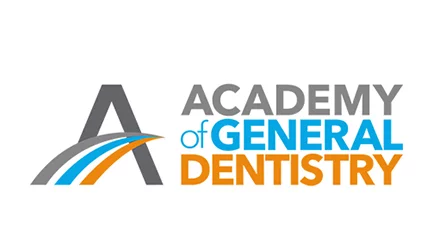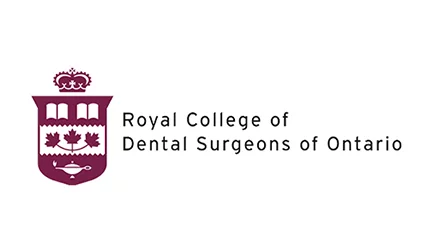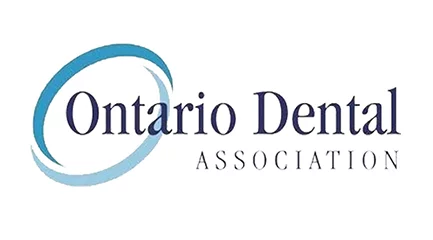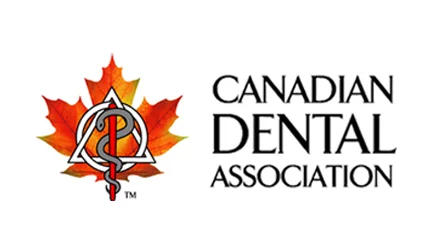INTRA ORAL CAMERA
An intraoral camera is a small, pen-shaped device that captures high-quality images of your teeth and gums. It allows our dental team to show you exactly what we see in your mouth—live on a monitor. By gently moving the camera around different areas, we can take images from multiple angles, helping to identify issues like decay, cracks, or inflammation early. This powerful visual tool helps us explain conditions clearly, so you can better understand your oral health and make informed decisions about your treatment.
MAGNIFICATION LOUPES IN OFFICE EXAM
Magnification loupes are special glasses that enhance our vision, allowing us to see fine details that would otherwise go unnoticed.
For our team, this means performing more precise and accurate dental work. For you, it means higher-quality care and more effective results.
By working with magnification, we reduce room for error and complete procedures more efficiently—leaving more time to answer your questions and focus on your comfort.
DENTAL LASER
Dental diode lasers—commonly known as soft-tissue lasers—are advanced tools we use to treat various gum and soft tissue concerns with less discomfort and faster healing.
Laser dentistry allows us to perform procedures with great precision, often eliminating the need for sutures or reducing bleeding. Lasers can target and remove diseased tissue while preserving healthy areas, making treatments like gum disease therapy less invasive.
Lasers are commonly used to:
- Treat gum disease and reduce bacteria beneath the gumline
- Reshape or remove overgrown gum tissue
- Assist with crown lengthening procedures
- Manage gum tissue during crown impressions
- Help expose partially erupted wisdom teeth
- Remove inflamed or infected gum tissue
- Treat ulcers or cold sores quickly and comfortably
- Perform soft-tissue biopsies










